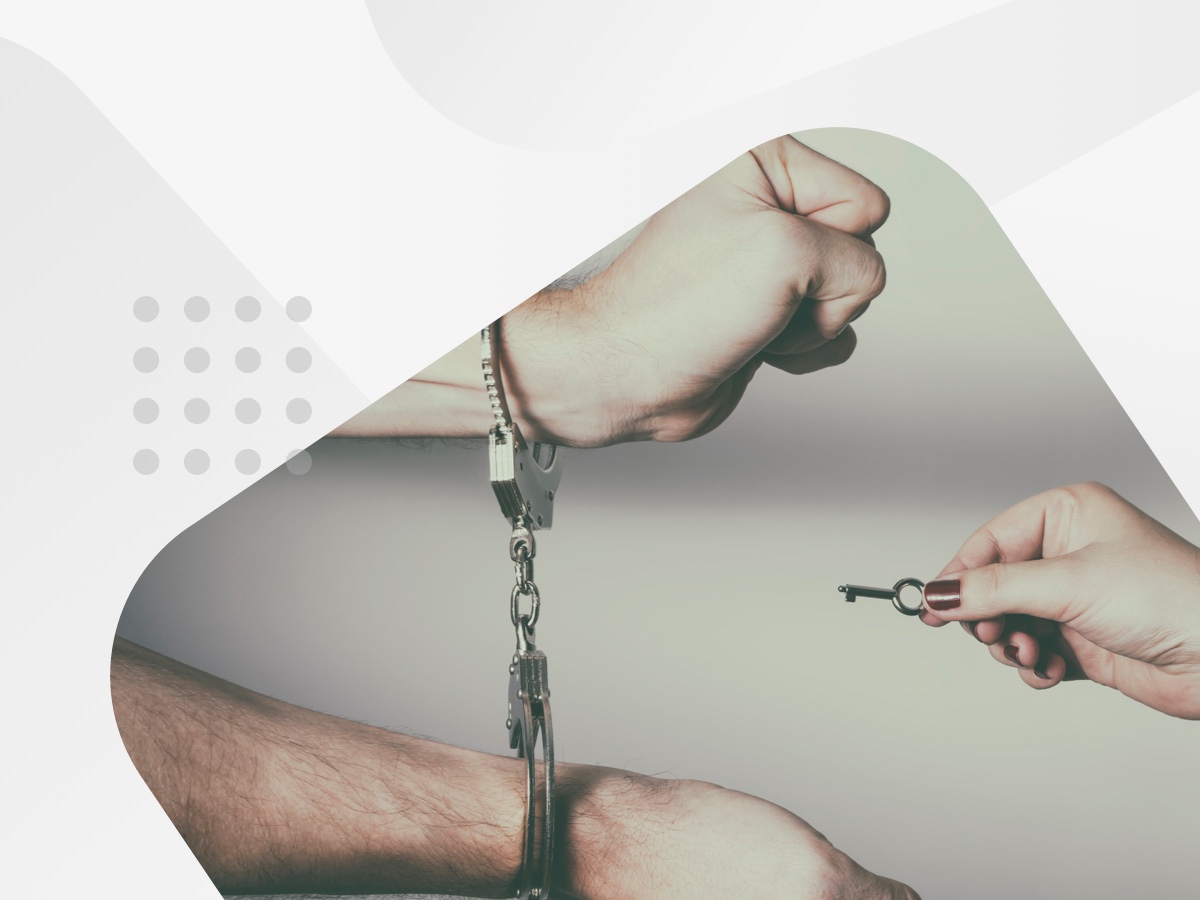
The current business trading environment within Australia is facing unprecedented challenges, as seen with fluctuating revenues and higher inflation. With company insolvencies rising, it’s important to understand the difference between liquidation, voluntary administration and bankruptcy. This information is crucial in order for your business to assess a creditor’s ability to pay any outstanding debt, and the likelihood of follow through.
With the insolvency risk of trading partners rising, you may be wondering how that affects any outstanding credit owed to your business. What is the likelihood of receiving monies owed, and what are the accompanying rights? The answer depends on the type of insolvency they enter into, and there are three distinct types – liquidation, voluntary administration and bankruptcy. Additionally, any medium to large business needs to know details such as the credit score of clients, gross volume of credit owed, and number of debtors to be fully informed of its risk exposure.
This is important, as the insolvency trend looks set to continue, with CreditorWatch’s Business Risk Index data forecasting the rate to increase further over the remainder of 2022. Further, the Australian Tax Office (ATO) is slowly ramping its collections activity back up to pre-COVID levels and is expected to be at full capacity by the end of the year.
Liquidation
In the case of liquidation, an independent registered liquidator is appointed to take control of an insolvent company, wind it up and settle its company debt to the fullest extent possible. The most common form of this is creditor’s voluntary liquidation – a voluntary resolution by company shareholders to commence this process due to debt levels. There can also be some instances of a court making the order for and appointing a liquidator.
Liquidation usually involves the collection and sale of all relevant assets, the stopping of trading operations, the termination of the employment of all employees, and the consolidation of any cash. In addition, any potential instances of malpractice of unfair preference will be investigated. The liquidator is operating on behalf of the interests of proven creditors, to minimise any collateral damage to their business because of this insolvency.
If you believe that you are owed money by a company entering liquidation, you must give the registered liquidator a valid ‘proof of debt’ form, and any other requested material. Through the inspection of the company’s practices, assets, and credit history, they will begin settling its debts – first to priority creditors, including employees, then on to any government fees, business expenses and bank payments, and then finally to unsecured creditors who have no ‘security interest’ (such as a mortgage) in the company’s assets.
The likelihood of receiving credit owed can often be determined by where within this hierarchy you fall as a creditor, with unsecured creditors being the least likely. A higher number of creditors owed by the insolvent company will also decrease chances of payment.
Voluntary Administration
As distinct from liquidation, if a potentially insolvent company shows signs that it may be able to cover its debts through maintaining operations, and eventually turn its fortunes around, then it may enter into voluntary administration. This decision is made by the company directors, as opposed to involuntary administration – which may be enforced by creditors if the company refuses to willfully comply.
An independent and qualified administrator will be nominated to assess the company financially, and operationally, to determine if a plan can be made to pay all, or a mutually agreed-to amount, of the company debt owed while continuing to operate. If they determine that no such plan can be made, then that business may need to commence liquidation proceedings.
Should the voluntary administrator assess that the creditor can indeed create a plan to pay a significant percentage of its outstanding credit, while staying open, then naturally the chances of settling that debt increase – to the benefit of both the company and its creditors.
Bankruptcy
As distinct from both liquidation and voluntary administration, bankruptcy refers to insolvent individuals. When an individual client declares bankruptcy they are considered to have insufficient cash or saleable assets to adequately pay any existing debts – determined under the Bankruptcy Act (1966) and registered with the Australian Financial Security Authority (AFSA).
Once an individual is declared bankrupt, they are automatically disqualified from managing any corporation. Additionally, they must also cease to be director, alternate director or secretary of any company, all until the terms of their bankruptcy agreement have been met – as determined under the Corporations Act (2001).
The likelihood of being paid as a creditor in these instances depends firstly on the liquidatable assets held by the individual vs the total amount of debt owed. As the margin between these two grows, the chances of payment decreases. Also, similarly to liquidation, as the net number of creditors owed goes up, the likelihood of any given credit being settled goes down.
How can I protect my business?
Be proactive in debtor management – Doing the appropriate due diligence on the credit score, and credit risk of trading partners and clients will give your business the necessary planning time by identifying potential insolvency red flags as early as possible. A credit reporting tool such as CreditorWatch’s DebtorLogic gives valuable insights into debtor payment trends and credit history, through data-driven analysis of a customer’s entire portfolio – indicating their ability to pay outstanding credit. Further to this, DebtorLogic offers debt collection assistance, so your business can prioritise collections to actively reduce the time to payment.
Setting out appropriate credit policies, and payment terms, to mitigate rising insolvency may also form a part of your debtor management strategy. Additionally, tools such as CreditorWatch’s RiskScore, which uses extensive data to indicate which businesses may be likely to default in the next 12 months, may alert you to potential creditors to avoid during times of higher insolvency.
Register your interests – The registration of business interests with the Personal Properties Securities Register (PPSR) is a vital component to protecting you in instances of insolvency, as they keep record of which creditors own or claim a security interest within a particular business asset. A platform such as PPSRLogic, powered by CreditorWatch, simplifies this process to allow business to ensure that all necessary registration is in place.
If you are a secured investor, with proven security interests, and have registered on the PPSR prior to a creditor entering insolvency, then you have the right to payment as a priority creditor. This can protect your business interests in a significant way during such proceedings.
While the rising insolvency of partners may be causing some alarm throughout the community, there is infrastructure that can be implemented to protect your business from bad company debt, bad creditors and exposure to risk. If armed with the right knowledge there is every opportunity to succeed moving into the future.
Contact us today to hear more about how our suite of digital credit tools can help you protect and grow your business.

Get started with CreditorWatch today
Take your credit management to the next level with a 14-day free trial.

